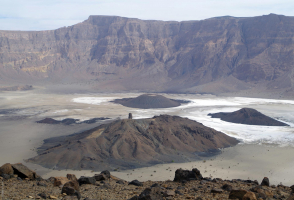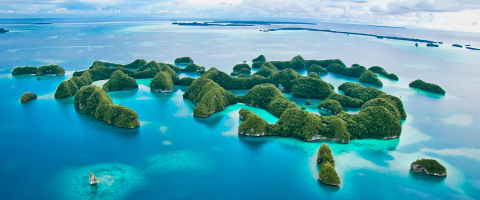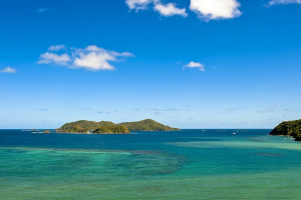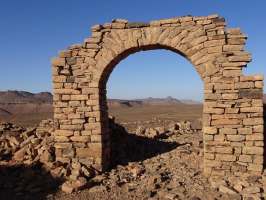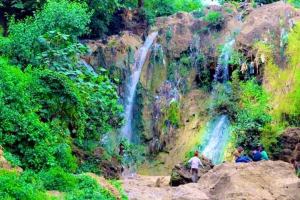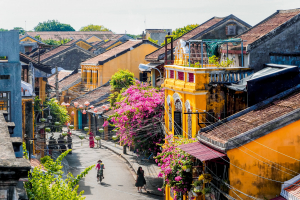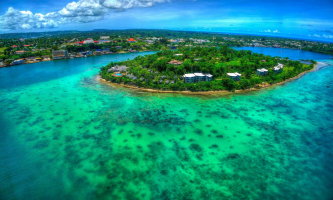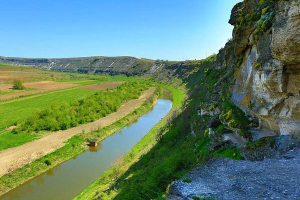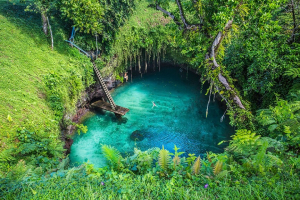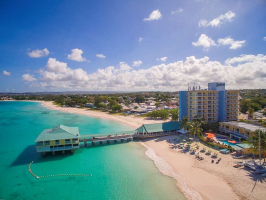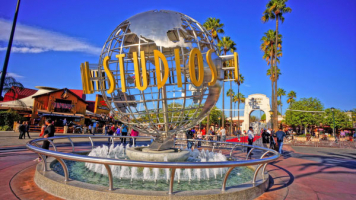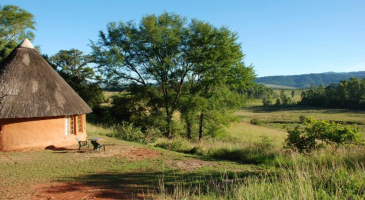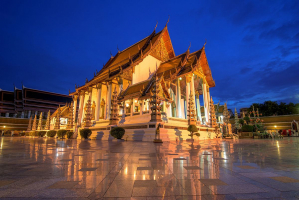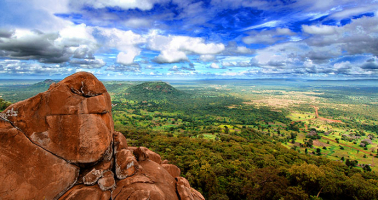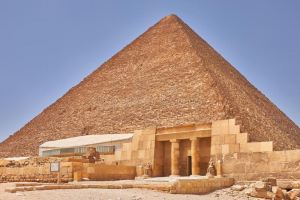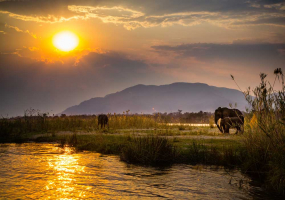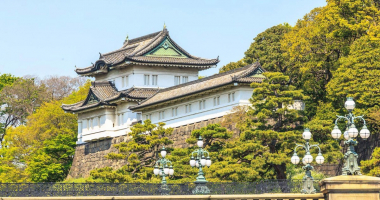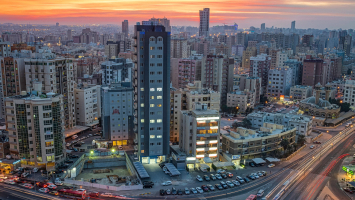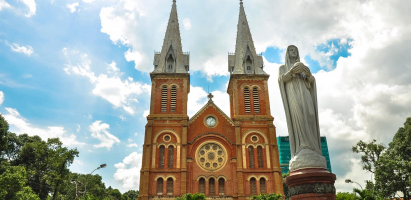Top 10 Best Tourist Attractions in Ecuador
Ecuador is one of the most fascinating countries in South America, more than making up for its tiny size with a mix of Indigenous cultures, colonial ... read more...architecture, gorgeous landscapes, and deep rainforests. This gorgeous country of over 18 million inhabitants, bordered by Colombia, Peru, and the Pacific Ocean on the continent's west coast–and no larger than most US states–attracts tourists from all over the world for a variety of reasons. Here are the top 10 Best Tourist Attractions in Ecuador.
-
The Galápagos Islands have captivated and inspired travelers from all over the world since its "discovery" in the 16th century. This UNESCO World Heritage Site, named after the islands' gigantic tortoises, is home to a unique ecology that has evolved mainly without outside influences (mainland Ecuador lies some 1,000 kilometers to the east). As a result, a trip to this unspoilt region provides an unparalleled opportunity for animal observation. On land and in the surrounding oceans, you can see a variety of unique species.
The Galápagos Islands remain one of the world's most active volcanic zones, and the islands' formation is continually ongoing. In the 1950s, the Galápagos National Park was established, including the majority of the 13 big islands, six smaller islands, and 42 islets that make up the Galápagos.
Visiting this vulnerable ecosystem is only possible as part of a guided tour to designated visitor spots, which is understandable. Visitors can, however, go to a few places without a guide, including several popular with scuba divers. The region's many rare bird species, including 28 that are unique to the islands, are the main draw here. There are 13 species of Darwin's famous finches, as well as the Galápagos penguin, flightless cormorant, and waved albatross.
- Hot Tip: If you're visiting the Galápagos Islands, make a reservation for a behind-the-scenes tour of the Charles Darwin Research Station at Puerto Ayora, Santa Cruz Island. Tours of this important research facility can be scheduled ahead of time and are well worth the time.
Location: Pacific Ocean
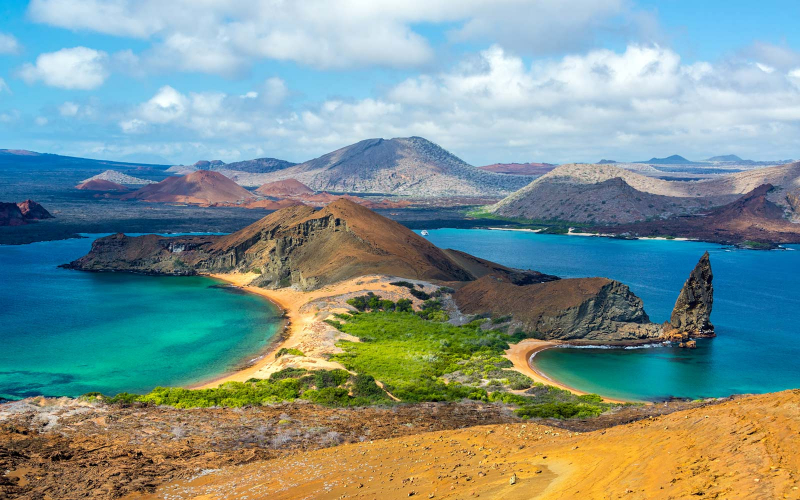
travelchannel.com 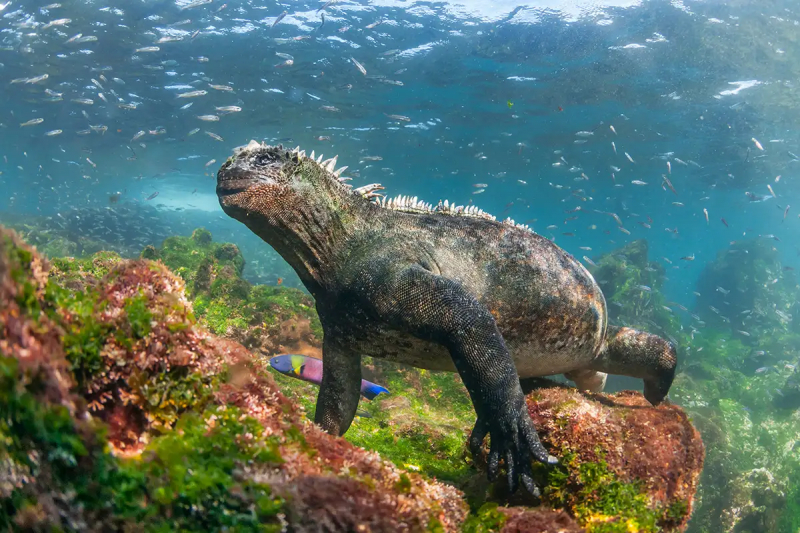
.newscientist.com -
Quito, Ecuador's capital, is nestled high in the Andes and is the largest historic center in South America, featuring well-preserved specimens of colonial architecture. This 1.6 million-person city has long been a favorite of craftsmen and is a terrific place to buy for local art and crafts, from ceramics and wood carvings to colorful apparel, and is a UNESCO World Heritage site for its many historic cathedrals, lovely public squares, and world-class museums.
The San Francisco Church on Plaza San Francisco is the most well-known attraction in Quito's historic district. The church's white-washed twin towers, which date from the first half of the 1500s, flank each side of the huge complex's entryway. The Convent Museum of San Francisco, which houses religious paintings, sculptures, carvings, china, fabrics, and handcrafted furniture, is noteworthy for its exquisite Baroque decor.
La Compania de Jesus Church is another lovely church to see. It was built in the early 17th century and is classified by UNESCO as one of the world's top 100 most important buildings. Quito's cathedral, Baslica del Voto Nacional, was built in the 1560s and is equally magnificent.
Exploring Plaza Grande is one of the best things to do in Quito. Many notable objects of interest surround this lovely area, including the church, the Presidential Palace, and the Archbishop's Palace. The Municipal Palace, as well as Calle La Ronda, a bustling thoroughfare studded with restaurants, cafés, art galleries, and other entertainment, are both located here.Location: Ecuador
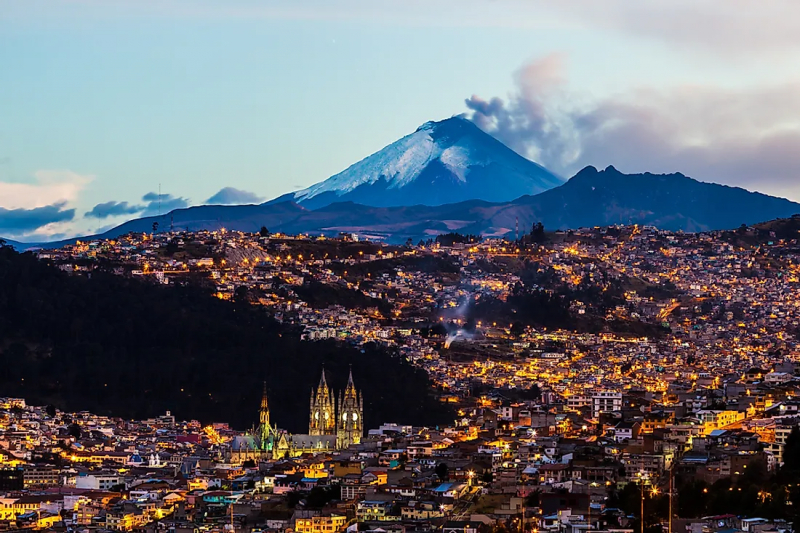
worldatlas.com 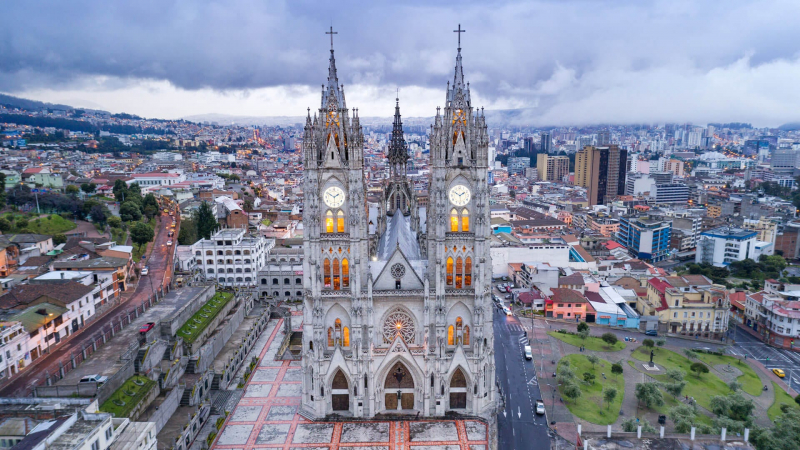
todosobre.travel -
Cuenca, officially known as Santa Ana de los Cuatro Rios de Cuenca, is a picturesque city in southern Ecuador. This attractive city, which has a population of 660,000 people, is a treat to visit and explore on foot. The city, which is a UNESCO World Heritage Site, is rich in colonial influences and architectural gems that span 400 years and include both Spanish and Indian influences.
Many of Cuenca's major attractions are located in the old city center, including the Old Cathedral of Cuenca, which is one of the most important (Iglesia del Sagrario). The historic organ from 1739, the tower clock from 1751, and the Museum for Religious Art were all built in 1567 from stones taken from surrounding Inca buildings.
The huge New Cathedral of Cuenca is well worth seeing. Its three stunning blue-tiled domes, which date from the 1960s, make it difficult to miss. The Church of San Sebastian is also worth seeing, with its mix of Gothic and Neoclassical elements. Spend some time exploring the many squares and parks as you stroll through Cuenca's charming little streets. Calderon Park, in the center of the ancient town; Plaza San Blas Square, with its merchants selling textiles and other things; and Plaza de San Francisco, with its merchants selling textiles and other goods, are among the best.
Location: southern Ecuador
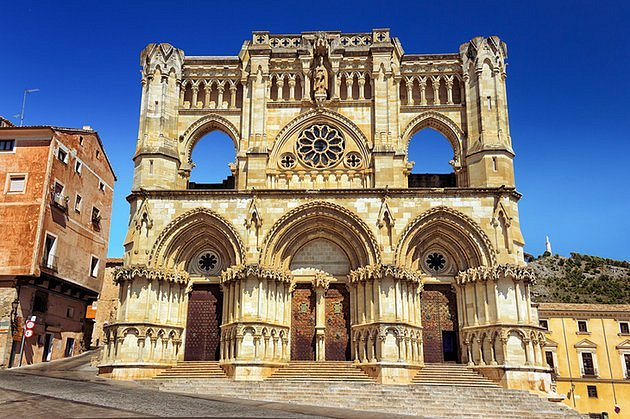
delphipages.live 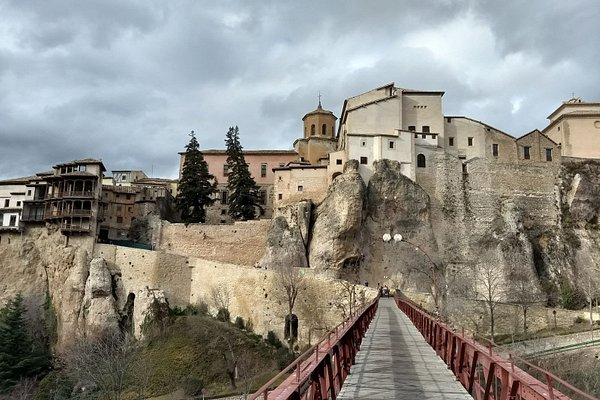
tripadvisor.com.vn -
Cotopaxi (and Cajas), two of Ecuador's most popular national parks, are within easy driving distance of the cities of Cuenca and Quito and make excellent day outings. Cotopaxi National Park (Parque Nacional Cotopaxi), located 50 kilometers south of Quito, is the more well-known of the two. The opportunity to witness its many volcanoes up close is one of the highlights of a visit. The huge (and still active) Cotopaxi volcano is the most impressive of these. This enormous volcano, together with the smaller Rumiawi and Sincholagua volcanoes, dominates the area's magnificent environment, with the most recent eruption occurring in 2015.
Cajas National Park (Parque Nacional Cajas), located 30 kilometers from Cuenca in Ecuador's magnificent highlands, offers a radically different experience due to its multiple hills and valleys, making it a great spot to trek and ride. Its more than 270 lagoons and glacier-fed lakes are also a treat for water sports lovers, notably kayakers and canoeists.
Finally, Podocarpus National Park, sometimes known as the "Botanical Garden of America," is home to a wide variety of flora and fauna. Its humid mountain forests, which are found in the southeast of the country, are home to over 4,000 varieties of plants and trees. Some of these examples are as tall as 40 meters, including Ecuador's national tree, the cinchona.Location : Ecuador, Cotopaxi Province, Napo Province and Pichincha Province
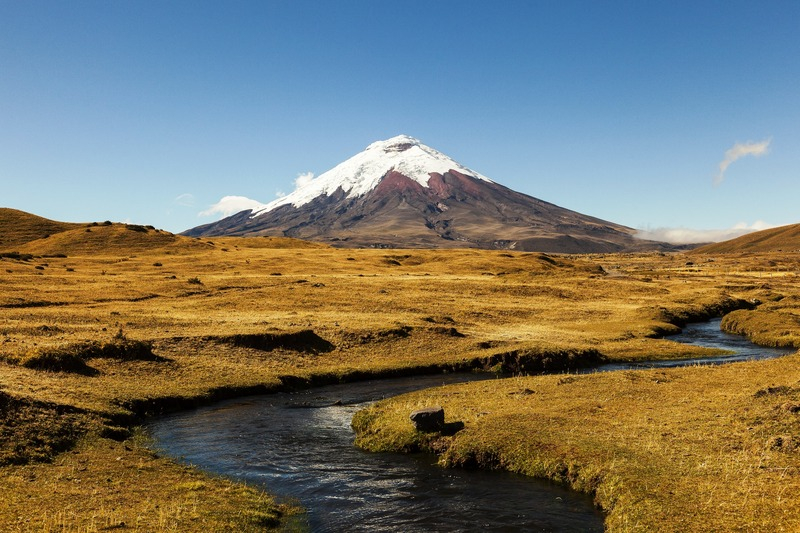
juiice.com 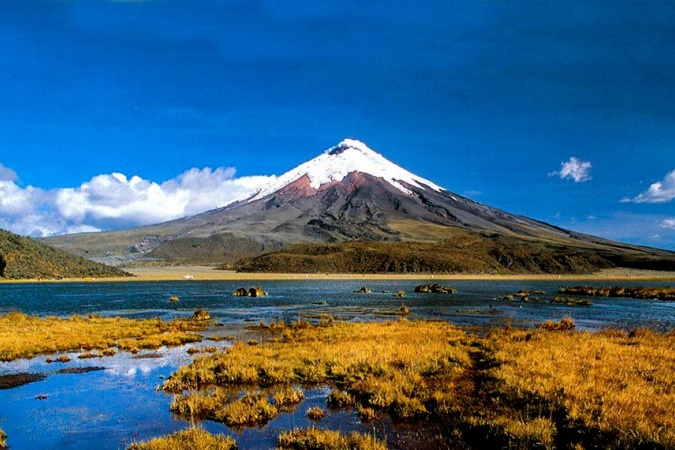
ecuadorhop.com -
The Pacific port of Guayaquil, Ecuador's largest city by population (2.7 million), is well known as the gateway to the Galápagos Islands. In addition to its numerous historic monuments, Guayaquil offers excellent shopping and entertainment opportunities in its many lovely squares and plazas, as well as along its beautiful shoreline. The spectacular Malecón 2000, a two-and-a-half-kilometer-long promenade close to the Guayas River, is a highlight for people who prefer exploring on foot. This spectacular urban renewal project winds down the river's west coast past many of the city's top attractions, making it one of the world's most memorable promenades.
You'll pass by a number of significant historical monuments, gardens, museums, and entertainment venues along the way. Take a tour boat up the river in the evening for a genuine treat, when the city is lit up to stunning effect. The magnificent Guayaquil Metropolitan Cathedral and the Museo Antropológico y de Arte Contemporaneo are two more attractions. The latter is worth seeing because of the fascinating displays and artifacts on the country's rich culture and history.
Location: Ecuador
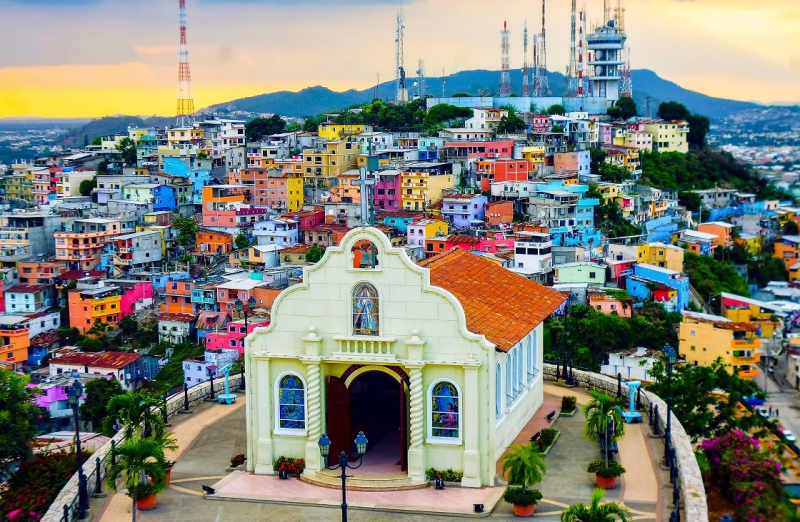
ecuador.com 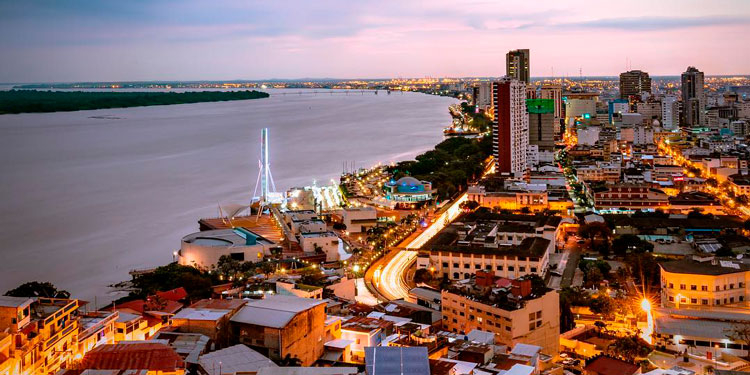
ecuador.com -
A trip to La Nariz del Diablo ("The Devil's Nose") should be on everyone's bucket list. This stunning portion of the Andes mountains near the town of Alaus is best seen aboard one of the country's superbly maintained railways, whether you're a train aficionado or not. The 12-kilometer return ride to Nariz del Diablo is definitely one of the most popular of a network that runs across the country to some of the country's most attractive sites. A wonderful observation tour aboard a train that zigzags through a number of switchbacks as it climbs the mountain's near vertical sides to the viewing station at the top is one of the highlights.
You'll have the opportunity to learn about the Andes' rich culture along the journey. A visit to the Puuna Condor Museum, which has exhibits and displays about the area's Indigenous people, is one of the highlights.
Location: Q44C+GR7, Sibambe, Ecuador
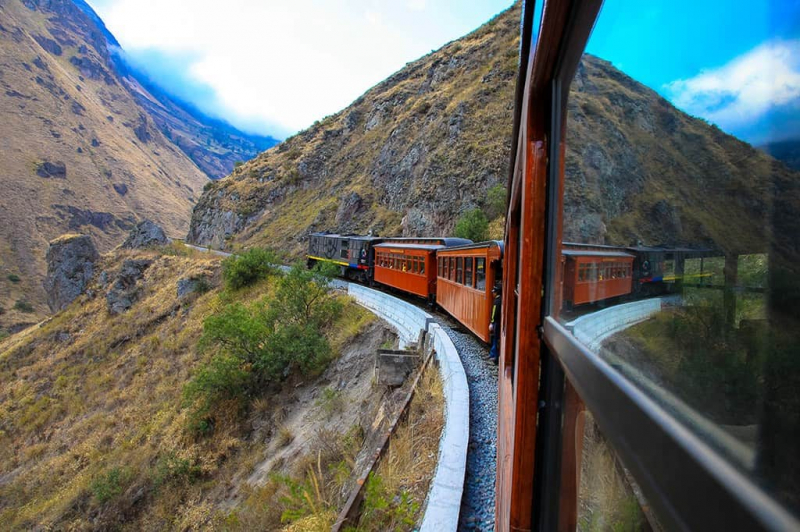
easyespanol.org 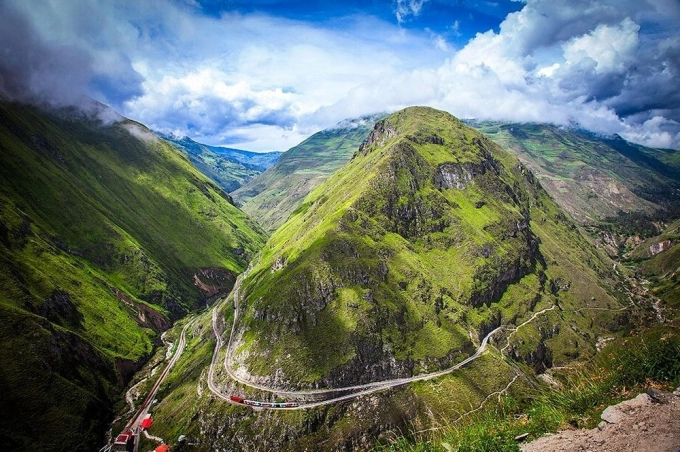
destinationecuador.com -
The small village of Baos de Agua Santa is a popular tourist destination in central Ecuador, thanks to its beautiful surroundings and abundant hot springs. Baos is set among deep jungle-like forests on the western side of the Amazon basin and offers a variety of leisure options, including hiking and mountain biking. The mineral-rich hot springs and several waterfalls are the main attractions. Some of the most stunning waterfalls are easily accessible from town via a network of trails that include rope bridges that provide breathtaking views of the falls and their deep pools.
Whitewater rafting and kayaking are prominent adventure activities in this area. Visit sights such as the Virgen de Agua Santa church, which houses the famed statue of Mary (who is said to have appeared at one of the town's waterfalls). Shopping for local goods is another thing to do at Baos de Agua Santa. The beautiful carved balsa parrots are among the most popular Ecuador souvenirs found here. Make sure to try some of the town's famous "melcocha," a type of cane sugar sweet.
Location: Ecuador
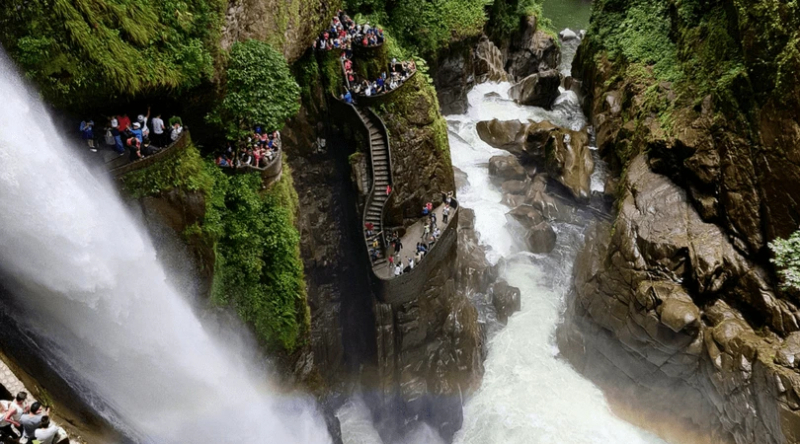
kenh14.vn 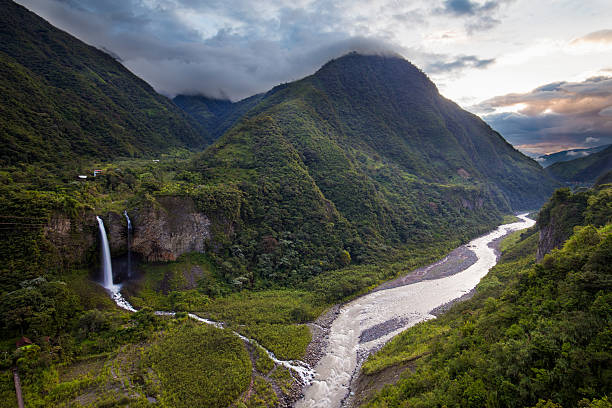
istockphoto.com -
The charming village of Otavalo is nestled in a pleasant valley surrounded by mountains. The town's main attraction is its wonderful market, which is one of South America's largest, where locals and visitors alike come to buy colorful locally manufactured rugs and blankets, sweaters, bags, and other wool products made by the Indigenous Otavaleos people.
The unusual tagua nut jewelry, leather handicrafts, Indigenous costumes, and a variety of exotic food items are also noteworthy. Locally grown spices are among the most intriguing of these. If you travel in June, be sure to attend the famed Inti Raymi (Sun Event) music festival, which features a variety of local musicians and their distinct instruments and melodies.
Location: Ecuador
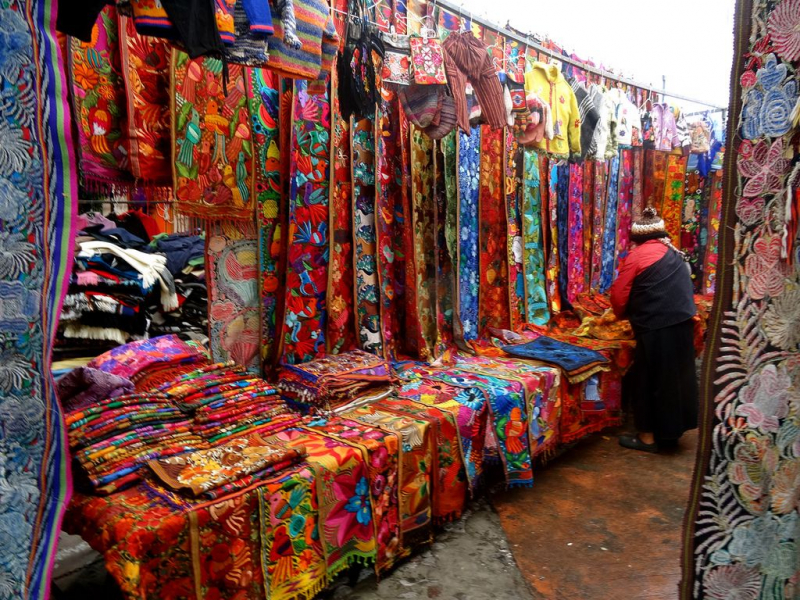
pl.pinterest.com 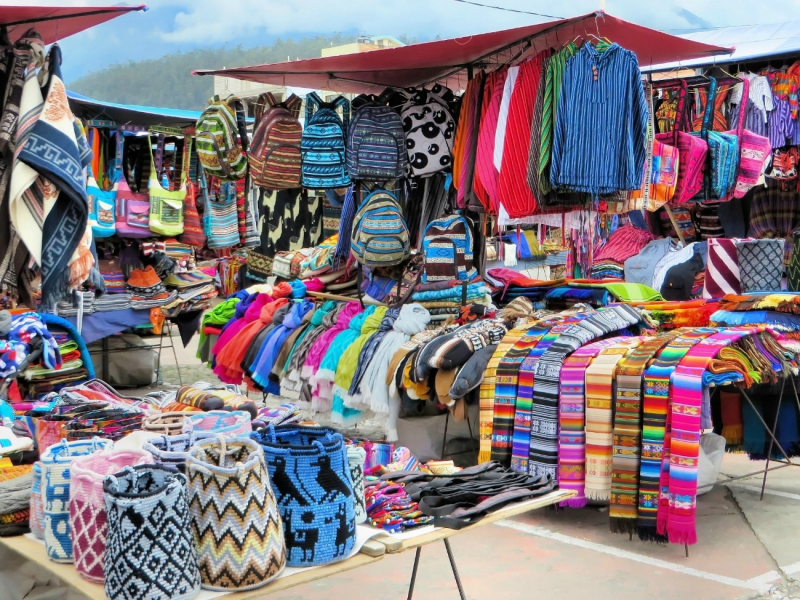
travelsquire.com -
The city of Tena, the seat of the province of Napo, is another great destination to visit if you want to see some of the immense Amazon basin. Tena, Ecuador's cinnamon capital, was founded by missionaries not long after the Spanish arrived in South America and is becoming a more popular tourism destination due to its various adventure opportunities. Jungle excursions into the Amazon, as well as river experiences, including whitewater rafting and canoeing, are all highlights. Kayaking along the Tena, Misahualli, and Napo Rivers, the last of which drains straight into the Amazon, is another popular activity.
Tena also has a fantastic pedestrian bridge and tower high above the Tena River that offers amazing views of the city for those who prefer their river action a little smoother.
Location: Napo
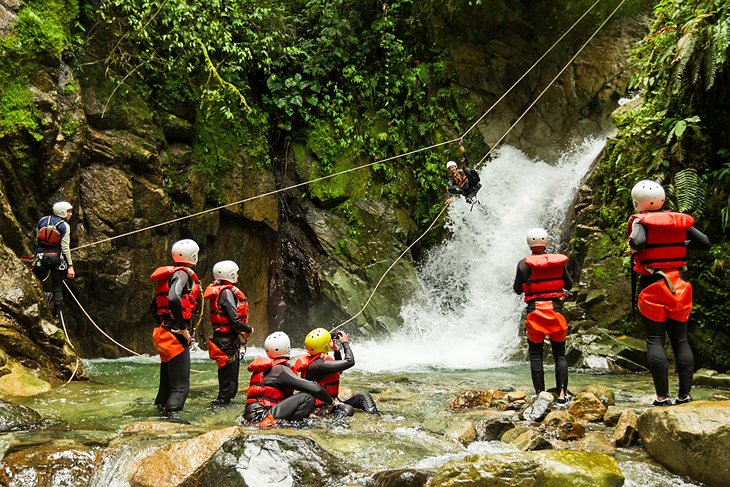
planetware.com 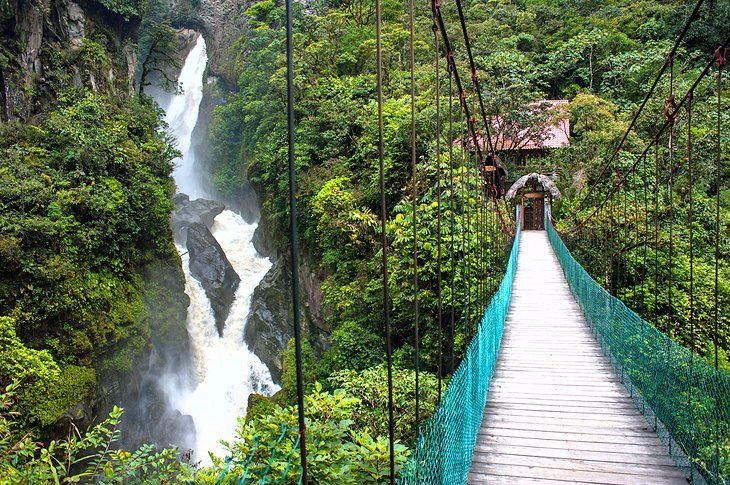
pinterest.com -
Ecuador is primarily known for ecotourism and adventure travel, but it also has a variety of stunning beaches worth visiting. You'll be spoilt for choice whether you're looking for a quick break from touring or a base for a prolonged sun, sand, and sea vacation. The coastal city of Salinas, located a little west of Guayaquil and possessing a consistently pleasant environment year-round, is one of the most popular areas due to its many beach resorts.
Bahia de Caráquez, a Pacific beach city, is very popular. Baha, which is located on a beautiful peninsula stretching out into the ocean, attracts a large number of tourists due to its beautiful beaches, numerous hotels, and vibrant entertainment scene. Montaita, on the country's south coast, is another popular destination, particularly among younger vacationers and surfers (for families, head a little farther south to the quieter beaches of the fishing village of Ayangue).
Location: Ecuador
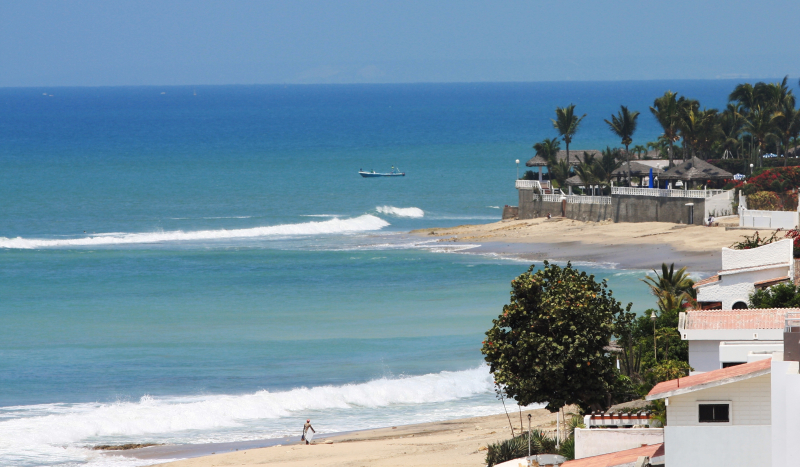
commons.wikimedia.org 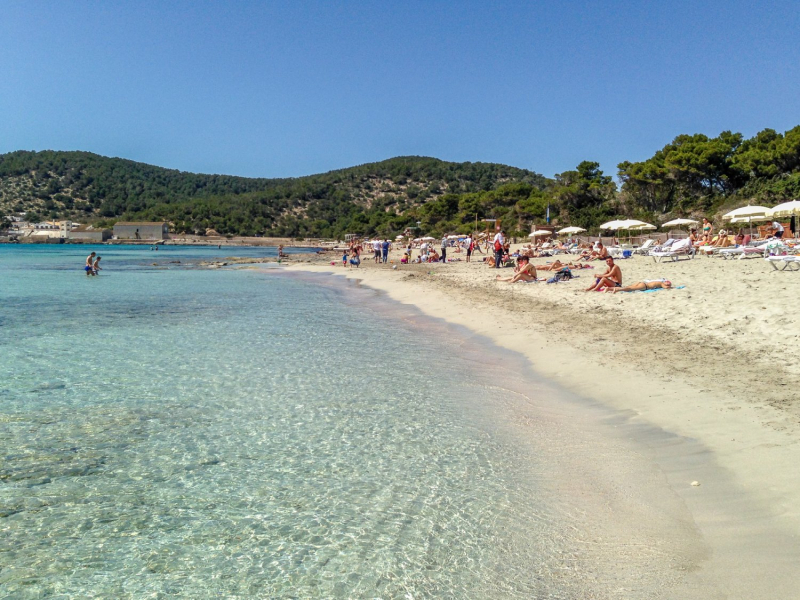
ibiza-spotlight.com












